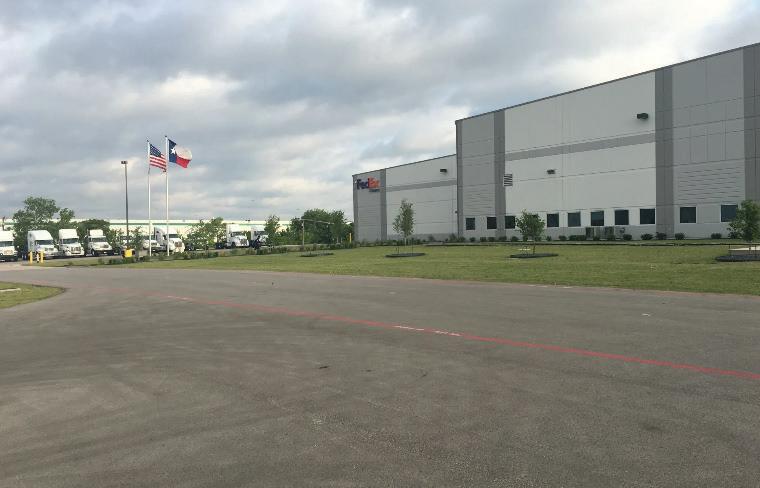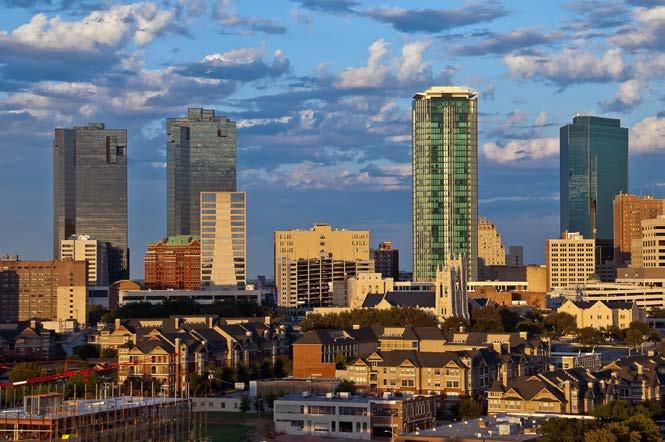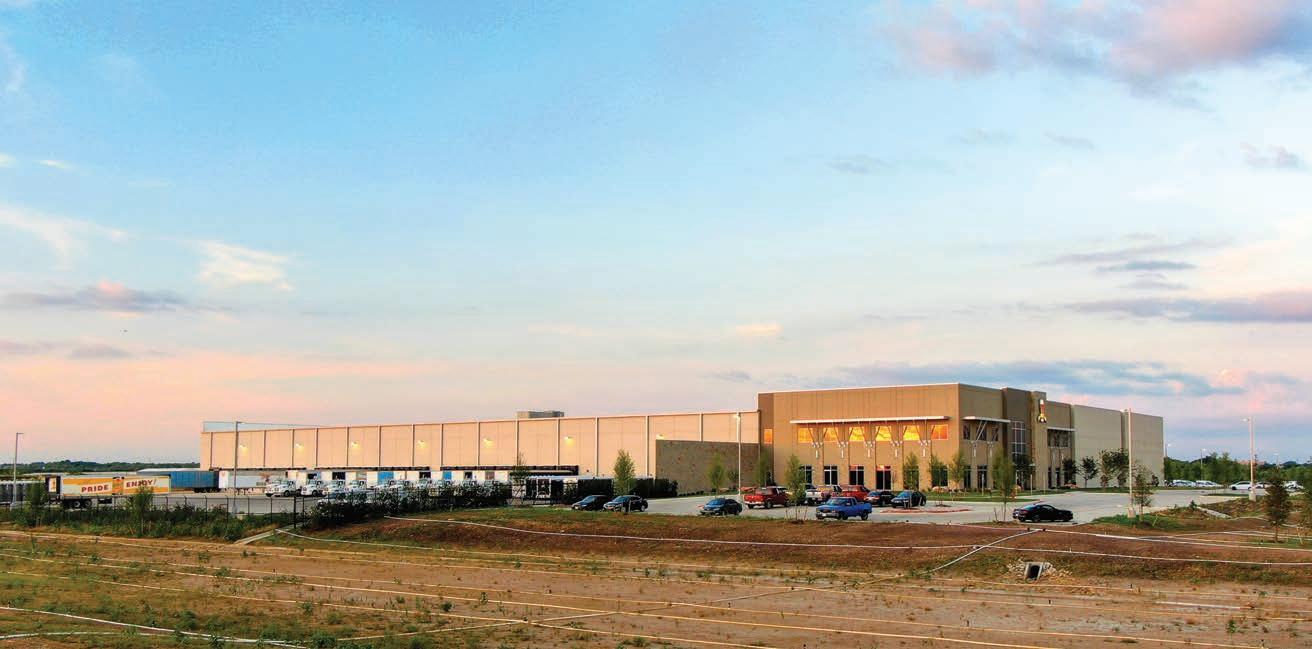Ray's Buzz
REDnews’ DFW Industrial Summit BY RAY HANKAMER
Emerging Trends in Logistics and Commercial Real Estate
Panelists: Alfredo Gutierrez, Sparrowhawk; Barret Bufkin, ESRP; Conrad Madsen, CBRE • As multifamily, retail and office “feel the pain,” industrial is holding up well, and accelerating, as e-commerce continues expansion; investors are transferring their attention to industrial from these other sectors • Companies are bringing back manufacturing from Asia to U.S. and to Mexico, which is much closer to DFW; companies are coming here from California; labor costs in Mexico now approximate those in China, as China’s economy has strengthened
“DFW is strategically located in the middle of the country, is in the central time zone, is one day’s drive from Mexico and Port of Houston, and it is “the” hottest industrial market in the country, and some say “the world;” DFW has a super freeway network and good general accessibility” • Distribution and heavy manufacturers seem strong, but some light manufacturers are seeing stress •
DFW is strategically located in the middle of the country, is in the central time zone, is one day’s drive from Mexico and Port of Houston, and it is 18
OCTOBER 2020
“the” hottest industrial market in the country, and some say “the world;” DFW has a super freeway network and good general accessibility • Manufacturers wanting to “near-shore” from China to Mexico are hampered from difficulty of business travel to MX during COVID •
After a pause with the onset of COVID, investment deals are do-able and cap rates are back to where they were at the start of the year
• Loans are available at an average of 60 percent LTV, with lenders requiring ample debt service coverage—however, low leverage requires more expensive equity and mezzanine money • Construction costs are escalating, driven far more by rising land prices than rising material and construction labor costs •
DFW Airport is most sought-after sub-market in the Metroplex, but land is in shorter supply, requiring “farther out” sites, which creates need for extending infrastructure; also tenants don’t like to expand to sites too far out because their labor force often rebels against longer commutes
• The “Amazon effect” is driving expansion of distribution warehouse construction to be close to population density for “last mile” deliveries • E-commerce has expanded from 11 percent before COVID to 16 percent and continues to grow; now WalMart with its vast consumer base is rising up to compete with Amazon •
Logistics companies contemplating big distribution facility investments need lots of data analysis as they plan seven to 10 years out, not just for the “big box” but for the robotics, office build out, and other costly expenditures within the building; whether administrative employees will work on-site or from home is another planning consideration
•
Retention/attraction of quality labor is a huge factor in site selection
• Best submarkets in DFW area are Ft. Worth-Alliance; Grand Prairie; Arlington; Garland; Mesquite; S. Dallas; Midlothian; Waxahatchie • Robotics are coming, and are necessary for moving pallets up and down and around in vast 30-foot-high warehouses, but tenants are moving with caution on them due to expense; warehouses are getting larger and larger and are overpowering mere humans to operate them; more tech in warehouses calls for more sophisticated/educated employee base •
E-commerce is predicted to double in next five years, so boom is ongoing; as big box brick and mortar stores close-in to dense population shut
Continued on Page 20>






